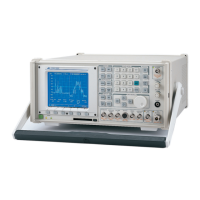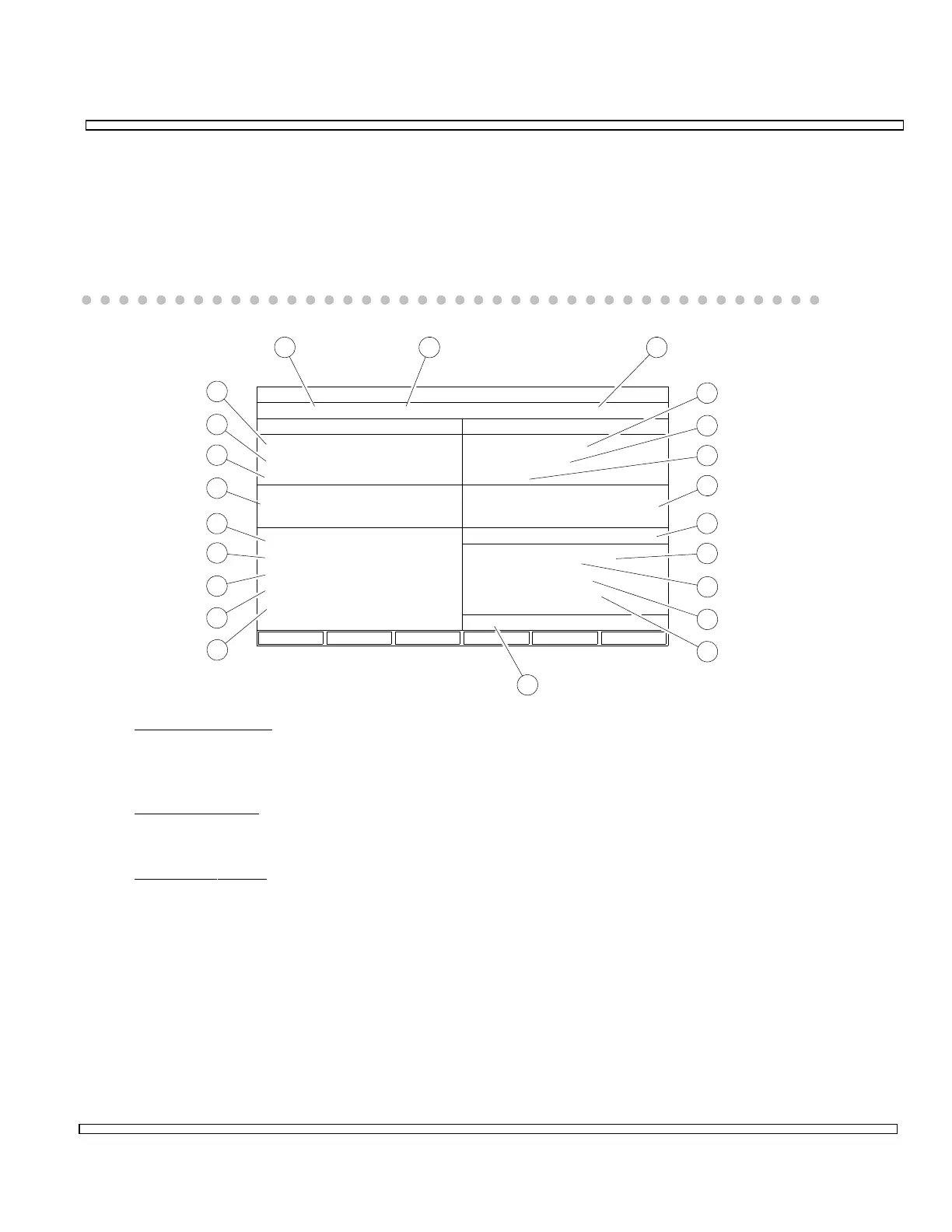6-23
SECTION 6
OPTIONS
6-12-3 LTR TRUNKING REPEATER SIMULATION
The LTR Repeater Simulator is designed to test mobile phones. Once the LTR System
is properly configured, continuous paging of the mobile phone is possible.
Go to the Duplex Operation Screen and set DATA Generator to LTR. Features of the
LTR Trunking Repeater Simulator Operation Screen are as follows:
00607236
LTR TRUNKING REPEATER SIMULATOR
Ch #: 258 Band: 800 MHz
RF:
Atten:
Input:
Free
Home
Area In Use
Group Group
GotoArea
Home
Free
151
50
5
5 Status CONT
T/R
0 dB
812.4375 MHz MHz857.4375
-120.0 dBm
T/ROutput:
Level:
RF:
GEN-1 DATA
Sinad:
Mod Source:
Deviation:
Frequency: 1000.0 Hz
3.3 kHz:
GEN1 FM
RF Power:
RF Error Freq:
Deviation:
AF Frequency:
Distortion:
0.0 mW
2.752 kHz
7.57 kHz (V)
1894 Hz
+ + + %
9
8
7
6
5
4
10
11
12
13
14
15
16
17
18
19
20
21
22
RECEIVE GENERATE
Extended Meas:
1 2 3
1. Channel Number
Displays Channel Number. Selections are 1 to 760. Selection of Channel Number
and Band Selection (2) set Generate RF Field (4) and Receive RF Field (22).
2. Band Selection
Displays Trunking Band selection, 800 or 900 MHz.
3. Extended
Meas:
Allows for Extended Measurements.

